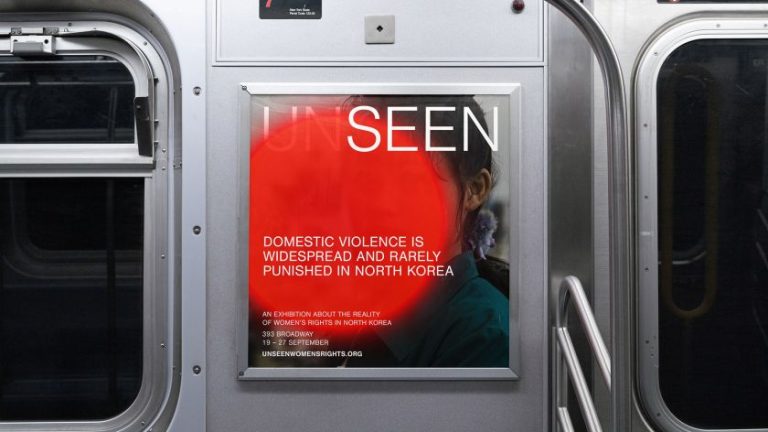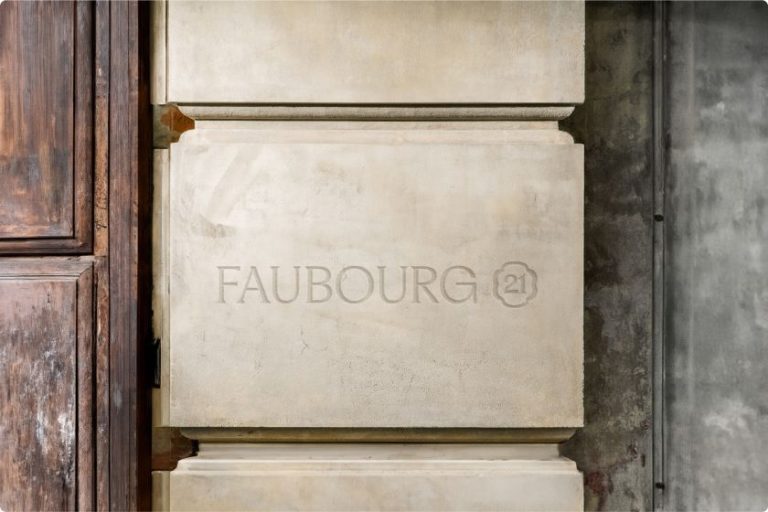Although the two cuts of Yinka Sans differ in depth and form, they both embody Ilori’s vibrant and expressive style.
British Standard Type has collaborated with British-Nigerian artist and designer Yinka Ilori MBE to design a dynamic custom display typeface in two cuts: Yinka Sans Ultra and Yinka Sans Shadow.
After using non-custom fonts for years in his work, Ilori reached out to the foundry specifically to create his own typeface. He wanted something specifically tailored to his bold, provocative, and playful work that would be compatible with his multidisciplinary practice and provide a consistent typographic identity.
“Yinka was attracted to British Standard Type for our ability to balance between sans-serifs and more expressive, playful types, aligning perfectly with his vision”, says the foundry’s co-founder Matt Fenton. He explains how each custom project brings “a unique opportunity to explore how type can transport, transpose, and translate meaning, adding depth to conceptual thinking”.
The brief for this commission called for an ownable typeface that could integrate into Yinka’s existing visual language and work across various applications. The foundry was given significant creative freedom as long as the design maintained visual consistency and cohesion with Ilori’s work.
The British Standard Type team relished the challenge of creating a typeface that could capture the artist’s signature vibrant style and core values of inclusivity, positivity, and playfulness. Fenton says: “Yinka emphasised his desire for the typeface to tell a story, a quality intrinsic to his work.
“This resonated with us, as we are keen to explore type as a tool for conveying meaning.”
The two cuts of Yinka Sans seek to mirror his passion for embracing diversity and spreading positivity through his design and were crafted to complement his bold use of colour, playful forms, and optimistic themes. “It aligns with Yinka’s goal to infuse beauty, fun, and joy into the overlooked, reflecting the vibrancy and expressive nature of his visual world”, says Fenton.
Some notable references in Ilori’s work are Nigerian folk art, architectural motifs, musical culture, and contemporary popular culture. British Standard Type sought to infuse as much of this as possible into Yinka Sans, designing unusual rhythmic patterns, bold geometric gestures, and contrasting forms into the typeface.
“Inspired by Yinka’s use of shadow effects, we developed Yinka Sans Shadow to add depth and dimension, enhancing the visual impact of the typography,” Fenton explains. “The typeface captures a narrative of diversity and bold expression, reflecting Yinka’s eclectic visual sources and his unapologetic unorthodoxy.”
Yinka Sans Shadow is suitable for creating dynamic, eye-catching text with added visual complexity made available through the different stylistic sets in the typeface.
Key features of the Yinka Sans Ultra include its contrasting bold, rounded forms and straight counter forms. This cut was designed for display purposes, reflecting a sense of joy and celebration, making it ideal for large, impactful text where boldness and clarity are essential.
Since Yinka Sans Ultra and Shadow are display typefaces, Little says the design team was free from the strict legibility constraints of text typefaces, meaning there was more room for creativity. However, he adds: “We had to balance the expressive design language with functionality, ensuring readability while retaining a distinctive flair.
“It was crucial to maintain the typeface’s unique character without compromising practicality, making it effective for various applications.”










